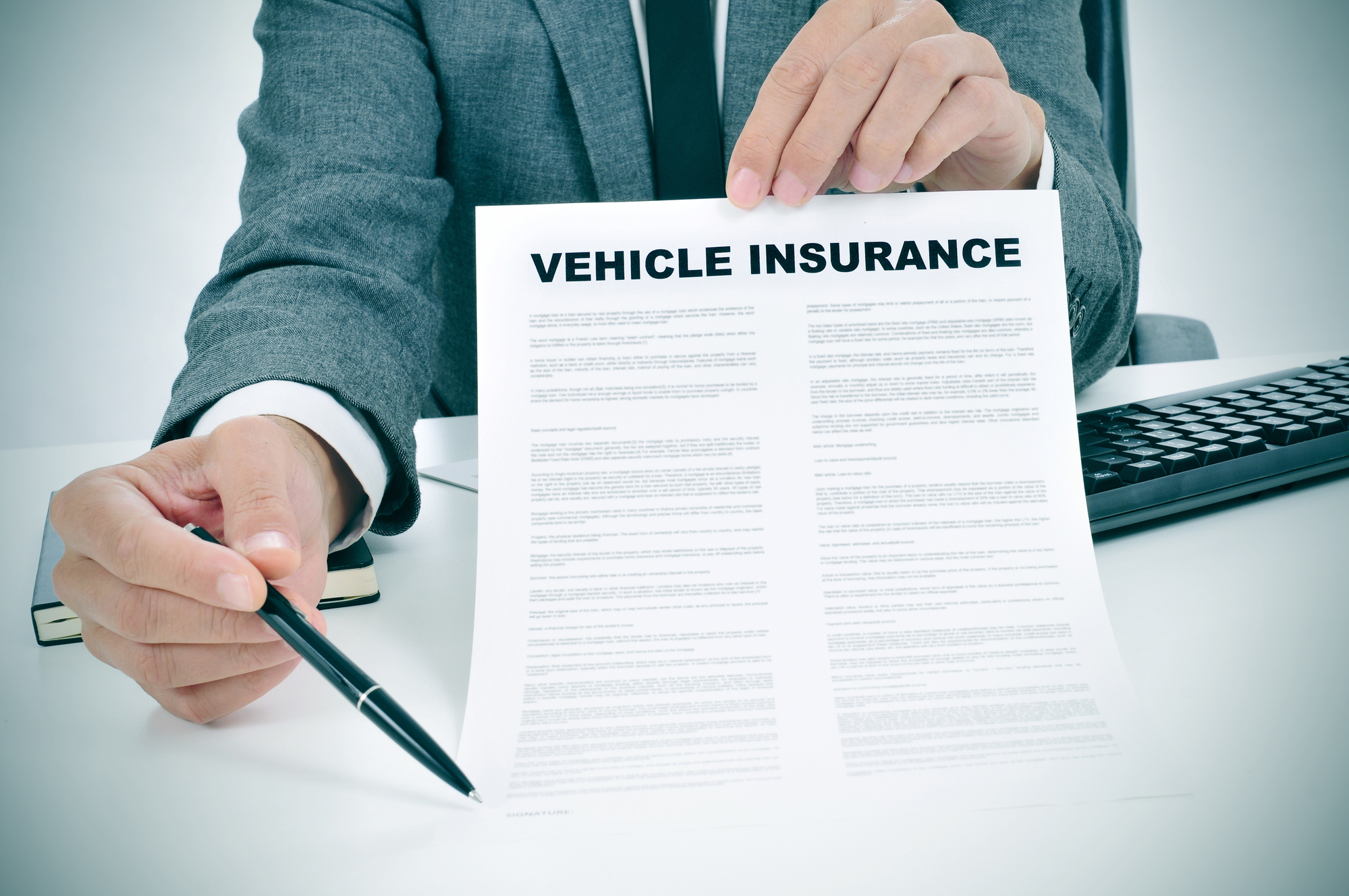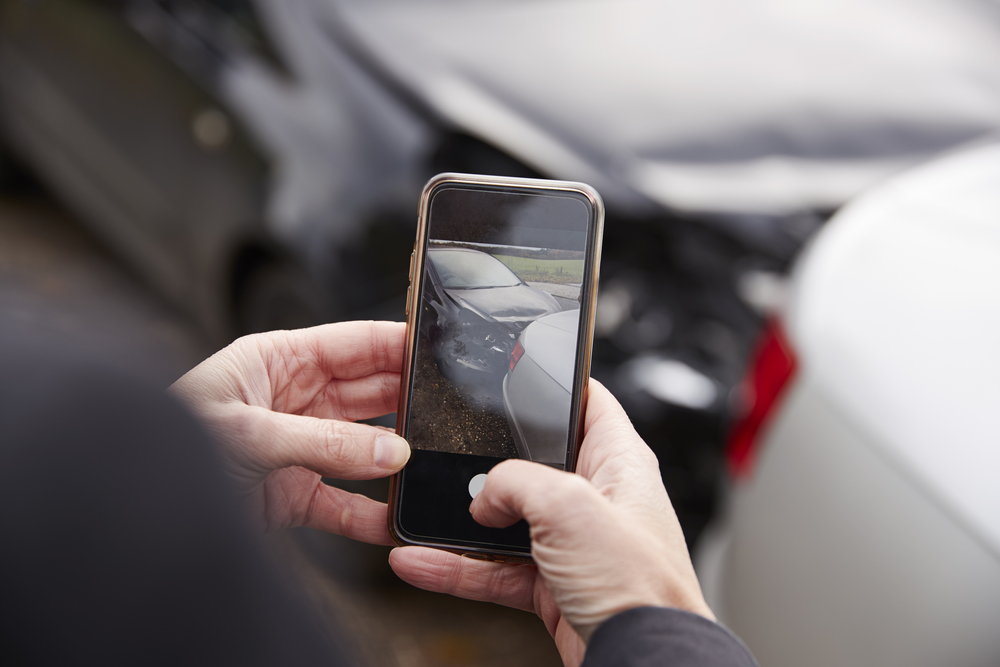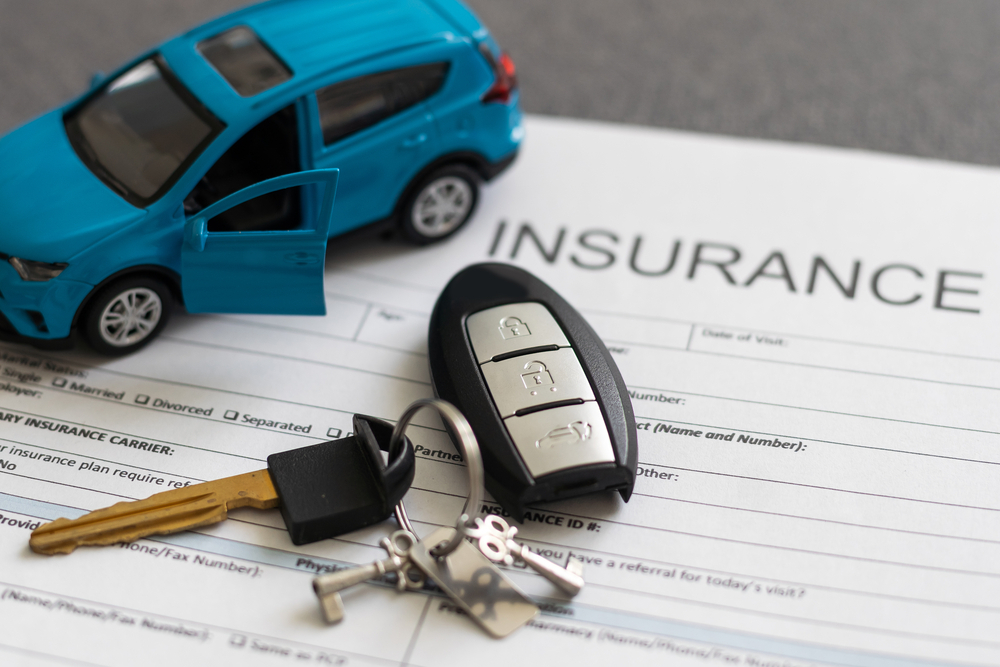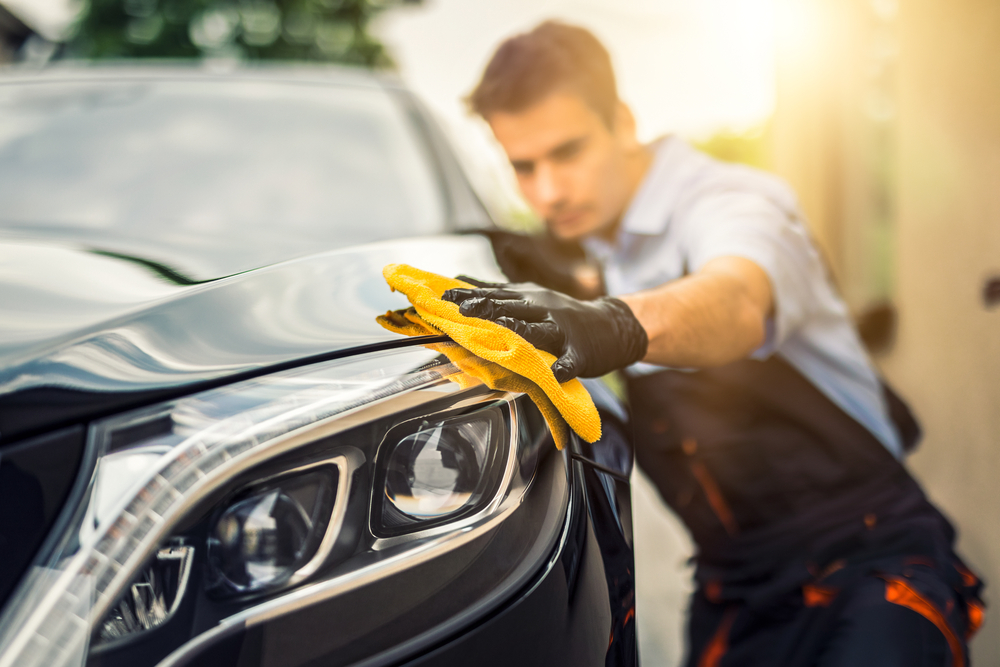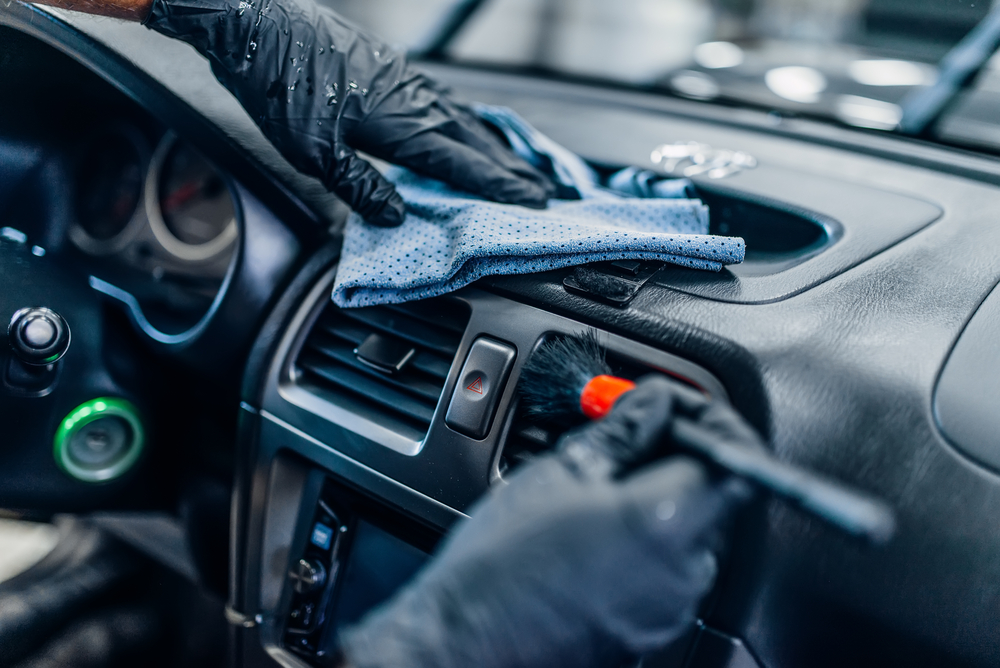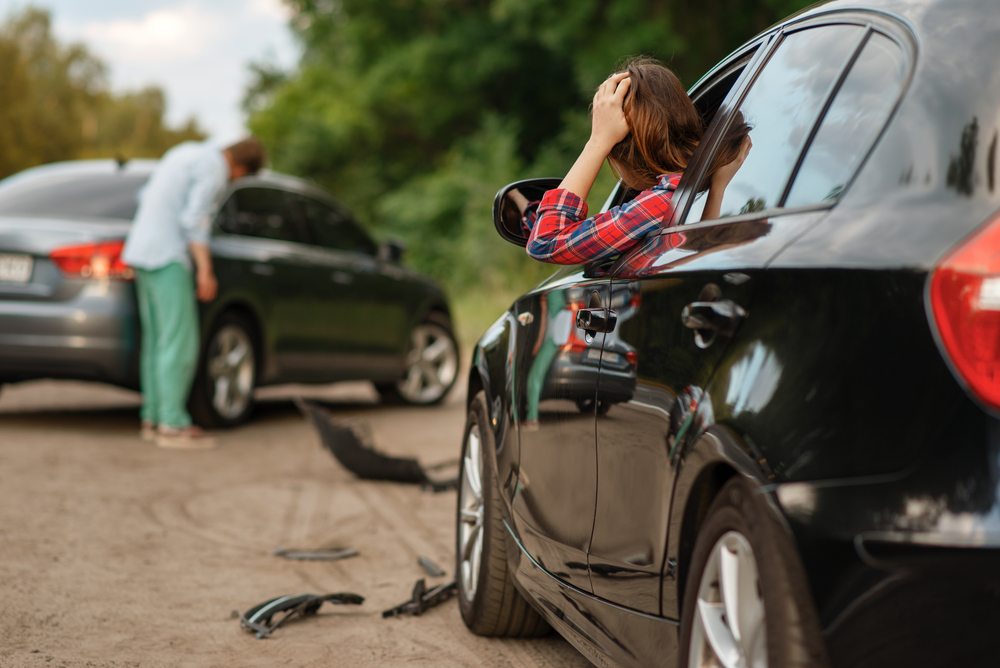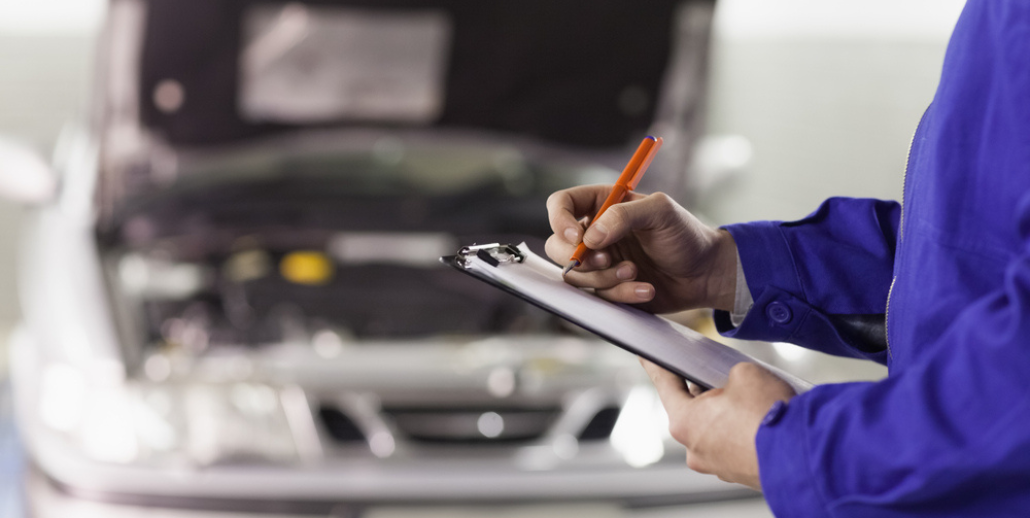Dealing with car insurance claims after an accident can feel overwhelming, especially if you’ve never navigated the process before. For drivers in New Jersey, knowing how to file a claim for auto body repairs is crucial to minimize stress and ensure your car is repaired properly. From documenting damage to understanding your insurance coverage and selecting the right repair shop, every step is essential to getting back on the road with confidence.
Key Takeaways
- In New Jersey, understanding your auto insurance policy, including liability, PIP, and collision coverage, is essential for managing repair claims after an accident.
- Thoroughly document the damage with photos and written details, and report the incident promptly to your insurance provider to avoid delays.
- While insurers may recommend repair shops, you have the legal right to choose a trusted facility like Elmer’s Auto Body for high-quality repairs.
- Avoid pitfalls by keeping detailed records, steering clear of low-quality repairs, and ensuring your insurer covers all necessary costs.
- Trust experienced repair shops to handle insurance negotiations and restore your vehicle safely and effectively, minimizing stress throughout the claims process.
Understand the Basics of Auto Insurance Coverage
In New Jersey, drivers are required to have auto insurance that includes at least:
- Liability Coverage: Covers damages and injuries you cause to others in an accident.
- Personal Injury Protection (PIP): Covers medical expenses for you and your passengers, regardless of fault.
- Uninsured/Underinsured Motorist Coverage: Protects you if the at-fault driver lacks sufficient insurance.
When it comes to repairs, your collision coverage or comprehensive coverage (if applicable) is what will handle the costs for damage to your vehicle.
Documenting the Damage
After an accident, the first step is ensuring the safety of everyone involved. Once it’s safe to do so, carefully document the damage to your vehicle. Take clear photos from multiple angles, capturing close-up shots of specific damage like dents, scratches, or broken parts, as well as wider shots to provide context. These photos serve as vital evidence for your insurance claim. Additionally, make a written record of the accident details, including the time, location, weather conditions, and any other factors that contributed to the incident. If the accident involves another driver, exchange insurance information and gather contact details for any witnesses. Having thorough documentation from the start can prevent disputes or delays with your claim.
Contacting Your Insurance Company
Notify your insurance provider promptly after the accident. Most policies require immediate reporting to maintain eligibility for coverage. When you call, be prepared to provide your policy number and a detailed description of the incident. Submit your photos, the accident report (if available), and any additional documentation. An insurance adjuster will likely be assigned to your case to assess the damage and determine the next steps. Being transparent and organized during this stage helps to expedite the process.
Choose an Auto Body Repair Shop That Works With You
One of the most important decisions you’ll make is selecting the right repair shop. While your insurance company may recommend a list of preferred shops, New Jersey law allows you to choose any shop you trust. Selecting a reputable repair facility, like Elmer’s Auto Body, ensures that your car will be restored to its pre-accident condition using high-quality materials and advanced repair techniques. At Elmer’s Auto Body, we do collision repair and work directly with insurance providers to streamline the claims process for you. Our experienced technicians prioritize safety, aesthetics, and performance, so you can drive away with confidence.
Of course, you do not have to choose us. Regardless of what insurance providers say, you don’t have to take your vehicle to the collision repair shop that they tell you to use. Do some research; make your own choice. Once you’ve chosen a repair shop, the next step involves collaborating with your insurer’s adjuster to finalize the repair plan and costs.
Now, let’s say you hypothetically choose us. We begin by providing a detailed estimate of the necessary repairs. Our team uses advanced diagnostic tools and repair technology to ensure accuracy and transparency. We also advocate on your behalf, ensuring your insurance company covers the full extent of the repairs needed to restore your car. Throughout the process, we keep you informed with regular updates so you’re never left wondering about the status of your vehicle.
Avoiding Common Pitfalls
Even minor mistakes can cause delays or complications in the claims process. To avoid these issues, keep all related documents organized, including photos, repair estimates, insurance communications, and receipts. Be wary of repair shops that pressure you into accepting low-quality work or insurers that push for substandard repairs to save costs. Trustworthy repair facilities like Elmer’s Auto Body focus on quality and customer satisfaction, ensuring you receive fair treatment and a reliable repair.
Contact a South Jersey Auto Repair Center Today
Car insurance claims can be daunting, but they don’t have to be that way. By documenting damage thoroughly, understanding your insurance policy, and choosing a trusted auto body shop, you can avoid unnecessary stress and ensure your vehicle is restored to top condition. At Elmer’s Auto Body, we’re committed to making the process as seamless as possible for New Jersey drivers. From handling insurance negotiations to delivering high-quality repairs, we’re here to help. Contact us today to schedule an appointment or learn more about how we can assist with your insurance claim.

